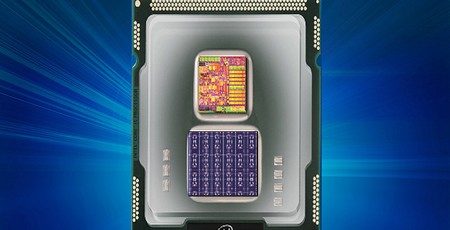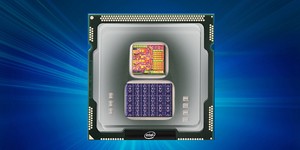
Intel has announced it is doubling down in the field of artificial intelligence, launching a test platform dubbed Loihi which it describes as a self-learning neuromorphic chip aimed at allowing machines to think and learn more like people.
Following on from the launch of the Movidius Neural Compute Stick, based on a design created prior to Intel's acquisition of the company and the impending release of an improved version boasting ten times the performance, Intel has announced a more revolutionary approach to artificial intelligence than a relatively simple floating-point accelerator: a chip design inspired by the human brain and capable, the company claims, of learning.
'Intel has developed a first-of-its-kind self-learning neuromorphic chip – codenamed Loihi – that mimics how the brain functions by learning to operate based on various modes of feedback from the environment,' explains Intel's Michael Mayberry in a blog post detailing the work. 'This extremely energy-efficient chip, which uses the data to learn and make inferences, gets smarter over time and does not need to be trained in the traditional way. It takes a novel approach to computing via asynchronous spiking.
'We believe AI is in its infancy and more architectures and methods – like Loihi – will continue emerging that raise the bar for AI. Neuromorphic computing draws inspiration from our current understanding of the brain’s architecture and its associated computations. The brain’s neural networks relay information with pulses or spikes, modulate the synaptic strengths or weight of the interconnections based on timing of these spikes, and store these changes locally at the interconnections. Intelligent behaviors emerge from the cooperative and competitive interactions between multiple regions within the brain’s neural networks and its environment.'
Described by Mayberry as a 'test chip', Loihi is nevertheless showing promise: Compared to rival spiking neural network implementations, Loihi is showing a million-fold improvement in performance for digit recognition problems, while using significantly fewer on-chip resources than convolutional and deep-learning neural networks while being up to 1,000 times more energy-efficient than the general-purpose computing resources typically put to work to train a convolutional or deep neural network.
Full details of the Loihi design are not yet available, but Intel has shared that it is based on a fully asynchronous neuromorphic many-core mesh design, that each neuromorphic core includes a dedicated learning engine, includes 130,000 'neurons' and 130 million 'synapses', and is fabricated on the company's existing 14nm process node. The part will be shared with AI-focused universities and research institutions in the first half of 2018, the company has confirmed.

MSI MPG Velox 100R Chassis Review
October 14 2021 | 15:04








Want to comment? Please log in.